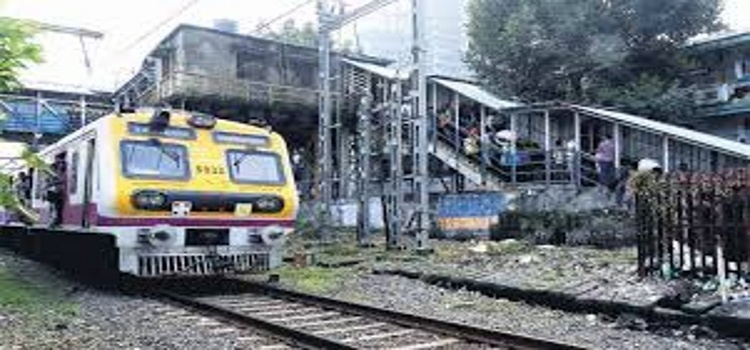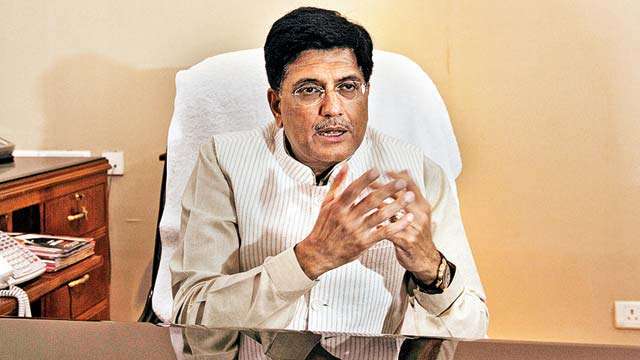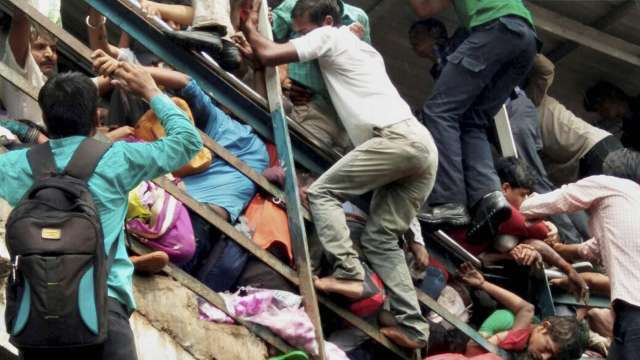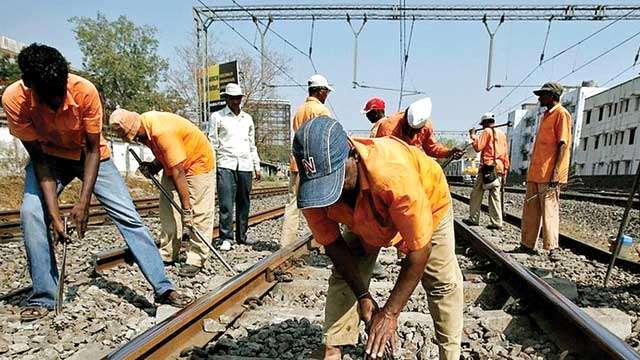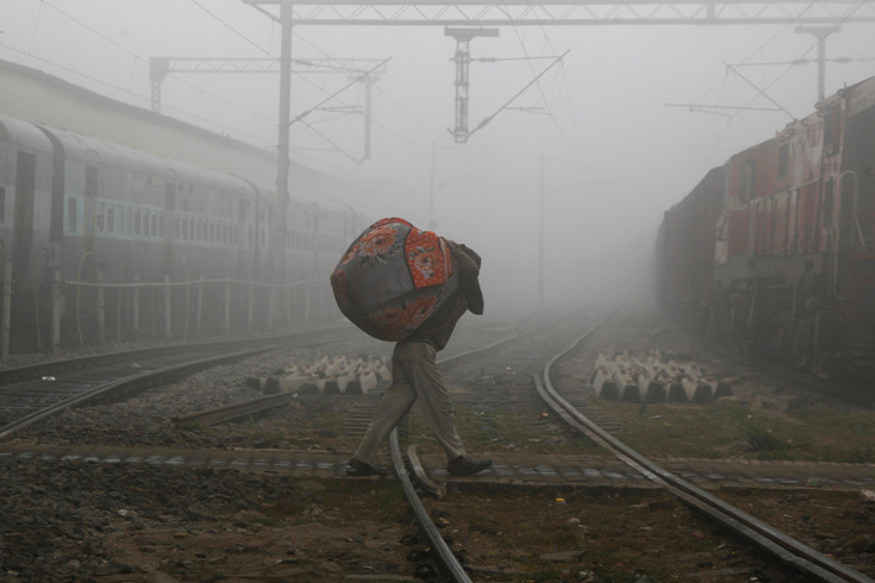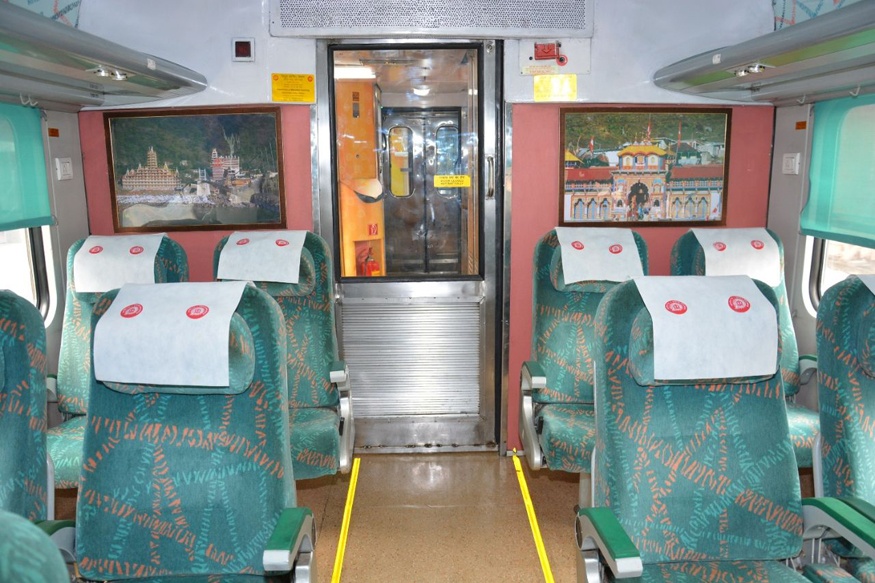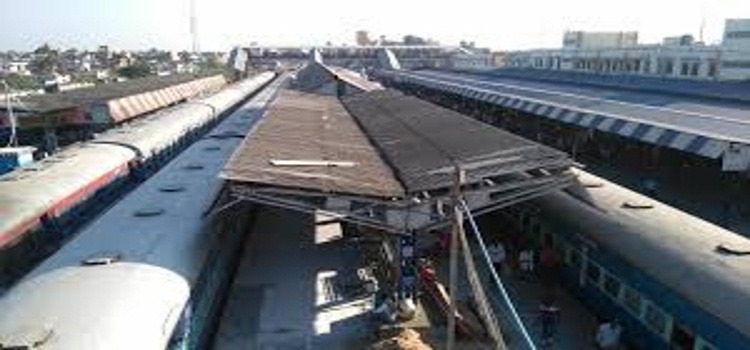
The Ministry of Railways has advanced the target for 100 percent completion of installing Bio-toilets in coaches to December 2018.
The decision was announced at event titled, “Indian Transport Sector: Marching towards Sustainable Mobility” at Conference of Parties (COP-23), Indian Pavilion at Bonn, Germany on Tuesday.
Ravindra Gupta, Member (Rolling Stock), Ministry of Railways, who is on official tour to Germany, presented the quintessential role of Indian Railways in promoting sustainable mobility.
Gupta also emphasized particularly on the innovative steps taken by Indian Railways by way of bio-toilets for having an open discharge free in line with mission of “Swachh Bharat” and an Open Defecation Free (ODF) Prime Minister Narendra Modi.
Two sessions were organized as a part of this side event. The first session highlighted efforts of Indian Railways towards a low carbon pathway and the second was dedicated to overall sustainable mobility initiatives in Indian transport sector.
The event was attended by nearly 50 national and international participants including eminent speakers, policy makers, industry representatives.
The event started with an Audio-Visual film on Indian Railways showcasing key low carbon transport initiatives being taken by Indian Railways such as Electrification, Energy Efficiency initiatives, renewable energy deployment etc.
The session was organised in partnership with the Council on Energy, Environment and Water (CEEW) and The Energy and Resources Institute (TERI), as knowledge partners, FICCI as industry partner, and RITES as technical partner.

